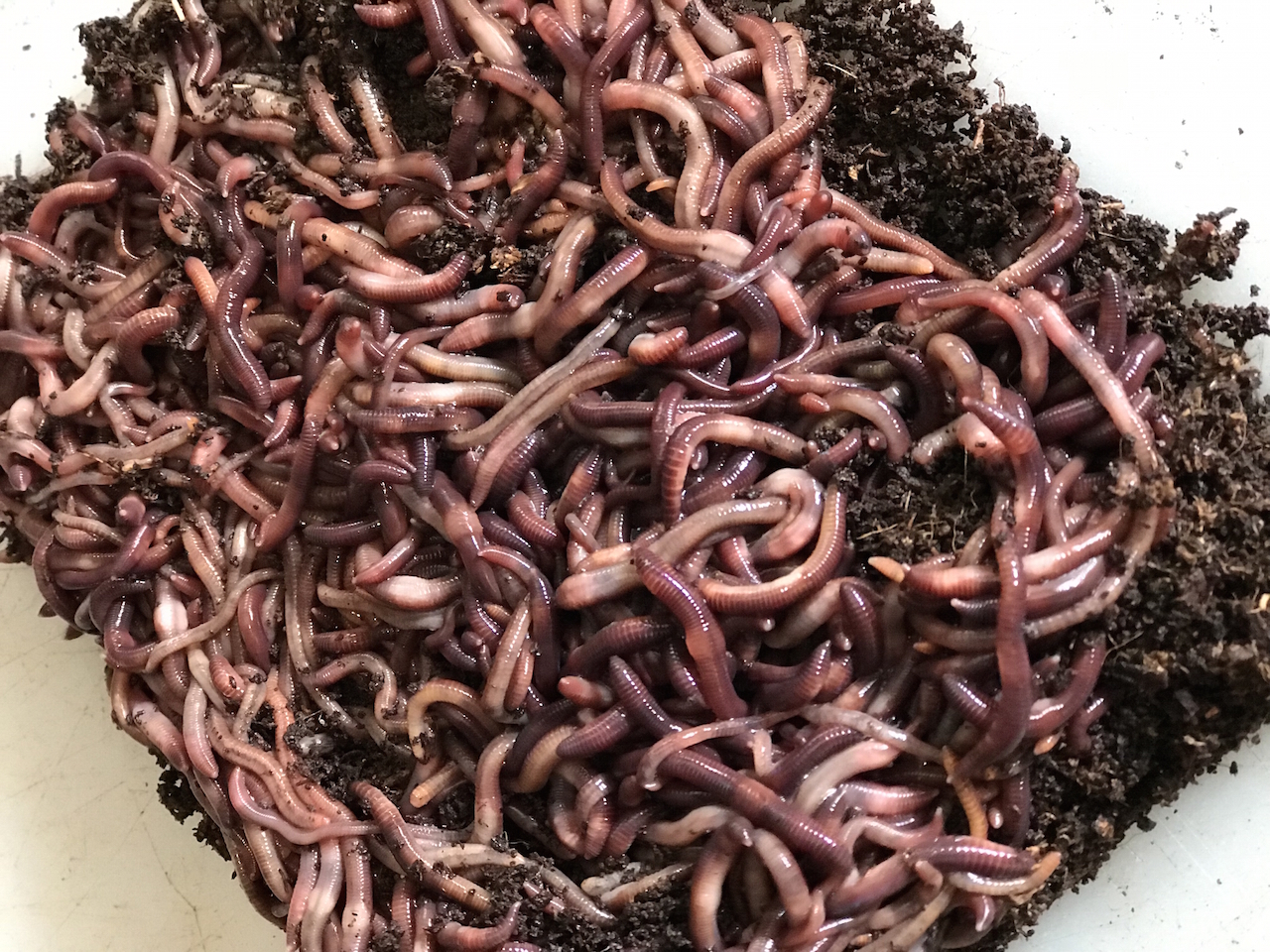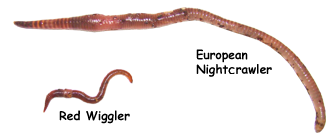Red Wiggler Worms - Natural Service for Environmentally Friendly Composting
Red Wiggler Worms - Natural Service for Environmentally Friendly Composting
Blog Article
Making Best Use Of the Advantages of Red Wiggler Worms: A Comprehensive Guidebook for Home Gardeners and Urban Farmers
In the realm of sustainable gardening methods, red wiggler worms stand as unrecognized heroes, silently changing natural waste right into nutrient-rich spreadings that can function marvels for dirt wellness. By exploring the intricacies of how to efficiently care for and make best use of the advantages of red wiggler worms, people can open a riches of chances for enhancing the sustainability and efficiency of their gardening ventures.
Understanding Red Wiggler Worms
Red Wiggler worms, renowned for their effective composting capabilities, are a types of earthworms extensively used in vermiculture techniques. These worms, medically recognized as Eisenia fetida, thrive in decaying organic material, making them perfect prospects for composting.
One key quality of Red Wiggler worms is their reproductive rate. These hermaphroditic creatures possess both female and male reproductive organs, allowing them to duplicate swiftly under favorable problems. A mature Red Wiggler can create several children in a short period, making certain a steady population within a composting system.

Establishing Up a Worm Container
When establishing a worm bin for vermiculture purposes, correct prep work and attention to information are important for creating a helpful atmosphere for Red Wiggler worms. Begin by selecting an ideal container for your worm container. This can be a plastic or wood container with a lid to maintain wetness degrees and shield the worms from light. Ensure that the bin has drain holes at the base to protect against waterlogging.

Place the worm container in an awesome, dark area away from straight sunlight and severe temperatures. By complying with these actions, you can set up a growing worm bin that will effectively refine natural waste into nutrient-rich vermicompost for your garden.
Feeding and Maintaining Worms
Ensuring a balanced and nutritious diet plan is vital for the wellness and performance of Red Wiggler worms in a vermiculture system. It is vital to stay clear of feeding them citrus fruits, onions, garlic, milk items, meat, and oily foods as these can be unsafe to the worms or cause undesirable smells in the container.
Correct dampness degrees are likewise important for the health of Red Wiggler worms. The bed linen must really feel like a moist sponge, offering sufficient moisture for the worms to breathe with their skin. Frequently check the moisture degrees and readjust by including water or dry bed linen material as required. In addition, preserving correct temperature conditions in between 55-77 read this ° F(13-25 ° C )will certainly ensure optimum worm activity and recreation. By faithfully checking their diet regimen, wetness, and ecological conditions, home gardeners and urban farmers can maintain a healthy and productive Red Wiggler worm populace for composting objectives.
Gathering Worm Castings
To efficiently extract nutrient-rich worm castings from the vermicompost, a systematic harvesting procedure is vital for maximizing the composting advantages. Red Wiggler Worms. The very first step in gathering worm castings is to motivate the worms to move away of the container. This can be attained by putting fresh food scraps on one side and leaving the opposite undisturbed for a couple of days. When most of worms have relocated to the side with fresh food, the spreadings can be gathered from the contrary side.
After the spreadings have actually been harvested, it is very important to divide any kind of remaining worms from the castings to prevent damaging them during storage space or application. One effective technique is to develop conical piles of castings under brilliant light. Worms will intuitively relocate far from the light, permitting for simple separation and elimination.
Finally, the collected worm castings ought to be kept in a great, dark, and completely dry area to preserve their top quality and performance as a nutrient-rich dirt amendment. By following these steps, home gardeners and urban farmers can optimize the advantages of red wiggler worms in their vermicomposting systems.
Making Use Of Worm Castings in Gardening
The unification of nutrient-rich worm spreadings right into garden soil can substantially improve plant growth and general soil health. find this Worm castings, likewise referred to as vermicast, are a natural fertilizer produced by red wiggler worms as they damage down raw material. These spreadings are rich in vital nutrients like nitrogen, phosphorus, potassium, and advantageous microorganisms that promote plant growth and improve soil framework.
When using worm castings in gardening, it is necessary to mix them extensively into the soil or use them as a leading clothing around plants. The slow-release nature of worm castings guarantees a steady supply of nutrients to plants over time, decreasing the risk of nutrient leaching and advertising long-lasting soil fertility. Additionally, worm spreadings help boost dirt aeration, water retention, and microbial task, producing a healthy environment for plant origins to flourish.

Verdict
To conclude, the use of red wiggler worms in home horticulture and urban farming can substantially profit soil health and wellness and plant growth. By recognizing how to establish and preserve a worm container, feed the worms properly, and harvest their nutrient-rich castings, gardeners can make the most of the benefits of these earthworms. Integrating worm spreadings into gardening practices can enhance soil fertility and general plant efficiency. On the whole, red wiggler worms offer a efficient and lasting service for enhancing garden and farm yields.
In the world of lasting horticulture methods, red wiggler worms stand as unhonored heroes, quietly transforming natural waste right into nutrient-rich castings that can function wonders for soil health and wellness.When developing a worm bin for vermiculture functions, proper preparation and focus to detail are necessary for creating a favorable visite site environment for Red Wiggler worms. The initial action in harvesting worm spreadings is to urge the worms to migrate to one side of the container. Worm spreadings, also recognized as vermicast, are an all-natural plant food produced by red wiggler worms as they damage down organic issue. By understanding exactly how to establish up and maintain a worm container, feed the worms correctly, and harvest their nutrient-rich spreadings, garden enthusiasts can maximize the benefits of these earthworms.
Report this page